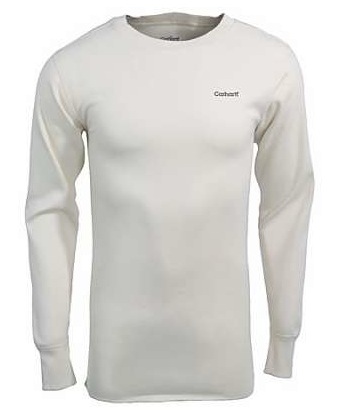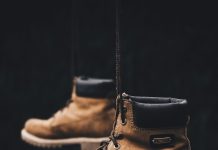Winter winds will soon be blowing and hazards associated with exposure to cold come with the season. Without proper protection, people who work outside during winter, as well as those whose interior work environments expose them to cold, face serious health risks such as frostbite, hypothermia, and even death. Fortunately, risks associated with exposure to cold can be reduced substantially with the proper work attire, and today we offer information and resources to help you prepare now for protection against unnecessary risk.
OSHA created tips and guidelines to help protect workers, including learning to recognize unsafe environmental factors, recognizing the symptoms of temperature-related illness and injury, eating the right foods during cold weather and wearing the right clothing for wet, cold, and windy conditions. Layering clothing in cold weather conditions so that your workwear can easily be added and removed as weather and body conditions change is a key way to protect against cold weather risks.
And just layering isn’t enough. Wearing the wrong protective workwear can be just as dangerous as not layering at all. Layering is an art that is based on science and understanding the purpose of the layers and the best fabrics for each layer simplifies the process of choosing the right clothing for work and play. When dressing for the weather, always consider three layers. Each serves a specific purpose.
Base Layer: The base layer lies closest to the skin and should be a fabric that pulls (wicks) moisture away from the body and dries quickly. Under Armour is a great selection for this with their ColdGear products. Synthetic fabrics are good choices, especially offerings that are specifically engineered for these attributes. For those who prefer natural fibers, silk and wool are considered the best choices, and can often be found blended with synthetic fibers, offering the best of both worlds.
Insulating Layer: The insulating layer is worn on top of the base layer and its purpose is to provide warmth. Coldpruf thermals are great for an insulating layer. Since how much warmth is needed will depend on the weather conditions and the amount of exertion, it is wise to have more than one option at hand. Today’s advanced technology provides multiple options, from natural fibers such as wool and down to thinner, lightweight synthetics that enable an ease of movement not previously available.
Protective Layer: The outer layer protects from wind and water and there are many fabrics available to suit various needs. Carhartt coats and jackets are great outerwear, offered in a variety of selections for different weather environments. Again, innovative fabric technologies like Gore-Tex have extended the options with fabrics that are breathable and lightweight, while providing protection.
Other products you may want to consider are flannel lined pants or insulated coveralls. To protect your feet, insulated boots will do the trick. There is a variety of insulated footwear all offering different levels of protection from Thinsulate insulation to LiteFire from Carhartt. Gloves and hats are always a must. Full face masks may also be a better choice for extreme weather conditions.
Whatever condition you’re exposed to the most important thing is to be prepared. Try not to spend extended times out in the cold without going back to warmer conditions. And always remember to let your body readjust to the temperature you’re exposing yourself to. Jumping from one extreme to the other without proper precautions can cause pose serious health issues.




